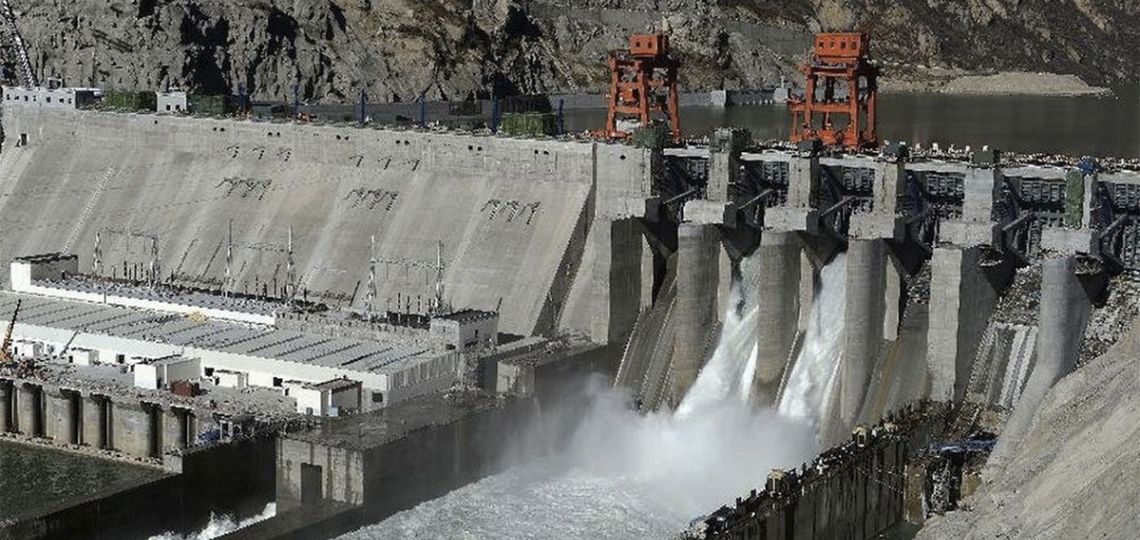
China formally begins Brahmaputra dam project near Arunachal

 :
| Updated On: 21-Jul-2025 @ 1:51 pm
:
| Updated On: 21-Jul-2025 @ 1:51 pmSHARE
China has formally begun construction of a massive USD 167.8 billion hydropower dam on the Brahmaputra River, known locally as Yarlung Zangbo, in Tibet’s Nyingchi City, near the Arunachal Pradesh border. The project was officially launched by Chinese Premier Li Qiang during a groundbreaking ceremony at the site of the Mainling hydropower station. It is being regarded as one of the most ambitious infrastructure undertakings in the world and is expected to significantly impact regional geopolitics, particularly concerning India and Bangladesh, which lie downstream.
The hydropower project consists of five cascade hydropower stations with a total estimated investment of 1.2 trillion Yuan (USD 167.8 billion). Once completed, the dam is projected to generate over 300 billion kilowatt-hours (kWh) of electricity annually, capable of meeting the energy needs of over 300 million people. While its primary objective is to provide electricity for consumption in other Chinese regions, it will also serve local energy demands within the Tibet Autonomous Region, officially referred to by China as Xizang.
This project surpasses even the scale of China’s Three Gorges Dam — currently the world’s largest dam — making it the largest single infrastructure project globally. The location of the dam, where the Brahmaputra takes a dramatic U-turn to enter Arunachal Pradesh and eventually flow into Bangladesh, has raised serious strategic concerns for India and Bangladesh.
India is particularly wary of the project due to its scale and implications for water security. The dam gives China substantial control over the water flow of the Brahmaputra River, raising fears of potential manipulation, such as withholding water or releasing excess amounts to cause flooding during conflicts. India has expressed such concerns earlier when China operationalized the USD 1.5 billion Zam Hydropower Station in Tibet in 2015.
To address river-related issues, India and China had set up the Expert Level Mechanism (ELM) in 2006, under which China shares hydrological data with India on the Brahmaputra and Sutlej rivers during flood seasons. These mechanisms were discussed again in a high-level meeting in December 2023 between Indian National Security Advisor Ajit Doval and Chinese Foreign Minister Wang Yi.
From a geological perspective, the project presents enormous engineering challenges. It is being built in a seismically active zone, located along a tectonic plate boundary, which frequently experiences earthquakes. The Tibetan Plateau, often referred to as the "roof of the world," is particularly susceptible to seismic activity. Despite these risks, Chinese authorities have sought to ease concerns, assuring that the dam prioritizes safety and ecological sustainability. They cite extensive geological research and technological advancements that provide a strong foundation for the project.
The dam is also being constructed in one of the rainiest and most ecologically sensitive regions, where the Brahmaputra River has carved out the world’s deepest canyon. The scale of this project, along with the environmental, geopolitical, and technical complexities, makes it one of the most closely watched infrastructure developments globally.
India, meanwhile, is also constructing its own dam on the Brahmaputra in Arunachal Pradesh to safeguard its water interests and counterbalance China’s influence in the region.